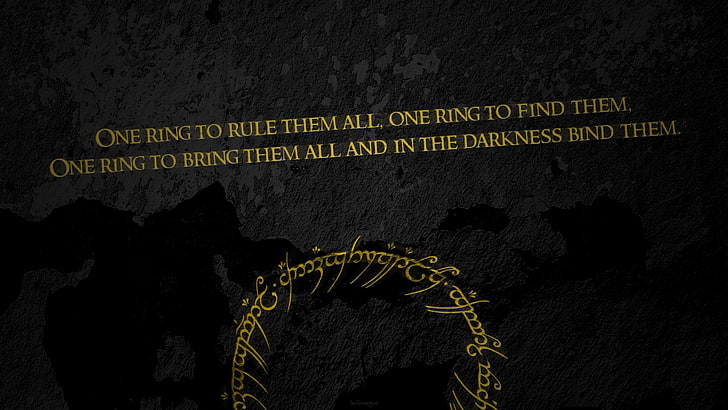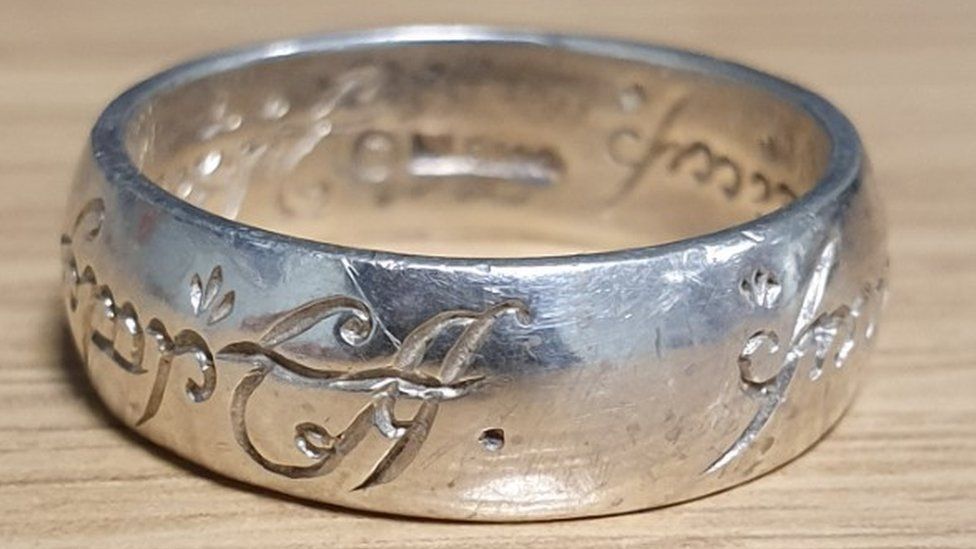
Tolkien intensely disliked Ohlmarks' translation of The Lord of the Rings ( Härskarringen), however, more so even than Schuchart's Dutch translation. Åke Ohlmarks was a prolific translator, who during his career besides Tolkien published Swedish versions of Shakespeare, Dante and the Qur'an. Main article: Translation of The Lord of the Rings into Swedish Ohlmarks 1959–61 May I say at once that I will not tolerate any similar tinkering with the personal nomenclature. That this is an 'imaginary' world does not give him any right to remodel it according to his fancy, even if he could in a few months create a new coherent structure which it took me years to work out. I wonder why a translator should think himself called on or entitled to do any such thing. In principle I object as strongly as is possible to the 'translation' of the nomenclature at all (even by a competent person). Regarding the Dutch version of Max Schuchart, In de Ban van de Ring, Tolkien wrote Tolkien in both the Dutch and the Swedish case objected strongly while the translations were in progress, in particular regarding the adaptation of proper names.ĭespite lengthy correspondence, Tolkien did not succeed in convincing the Dutch translator of his objections, and was similarly frustrated in the Swedish case. Later non-literal title translations however include the Japanese 指輪物語 ( Hepburn: Yubiwa Monogatari) "Legend of the Ring", Finnish Taru Sormusten Herrasta "Legend of the Lord of the Rings", the first Norwegian translation Krigen om ringen "The War of the Ring", Icelandic Hringadróttinssaga "The Lord of the Rings' Saga", and West Frisian, Master fan Alle Ringen "Master of All Rings". Most later translations, beginning with the Polish Władca Pierścieni in 1961, render the title more literally. Both took considerable liberties with their material, apparent already from the rendition of the title, In de Ban van de Ring "Under the Spell of the Ring" and Härskarringen "The Ruling Ring", respectively. The first translations of The Lord of the Rings to be prepared were those in Dutch (1956–7, Max Schuchart) and Swedish (1959–60, Åke Ohlmarks). The Tolkien scholar Tom Shippey states that Tolkien began with the words and names that he wanted, and invented parts of Middle-earth to resolve the linguistic puzzle he had accidentally created by using different European languages for those of peoples in his legendarium. The relation of such names to English, within the history of English, and of the Germanic languages more generally, is intended to reflect the relation of the purported "original" names to Westron. Similarly, he used Old Norse for "external" names of his Dwarves, such as " Thorin Oakenshield": both Þorinn and Eikinskjaldi are Dwarf-names from the Völuspá.

Tolkien chose to use Old English for names and some words of the Rohirrim, for example, " Théoden", King of Rohan: his name is simply a transliteration of Old English þēoden, "king". An additional difficulty is the presence of proper names in Old English and Old Norse. īecause The Lord of the Rings purports to be a translation of the Red Book of Westmarch, with the English language in the translation purporting to represent the Westron of the original, translators need to imitate the complex interplay between English and non-English ( Elvish) nomenclature in the book.

According to Tom Shippey, Tolkien invented parts of Middle-earth to resolve the linguistic puzzle he had accidentally created by using different European languages for those of peoples in his legendarium.


 0 kommentar(er)
0 kommentar(er)
